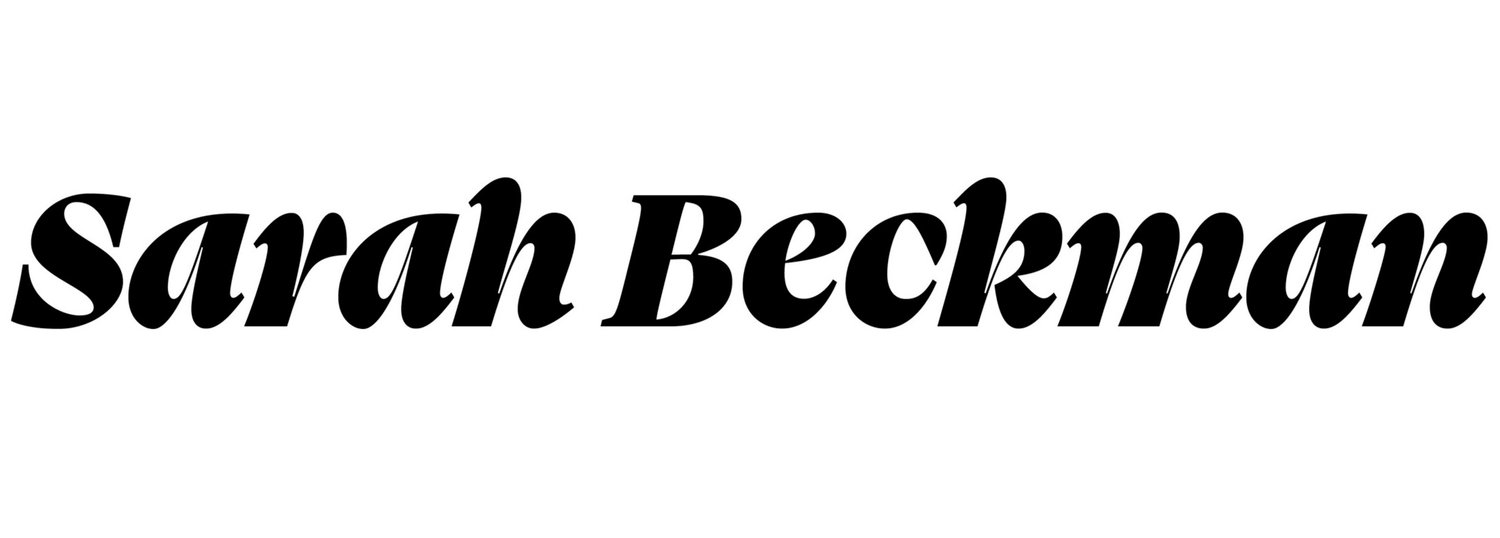Can You Be Both Badass AND Lovable? A Lesson in Leadership from Mad Men
I absolutely loved the series Mad Men—for Don Draper, the sexy but damaged antihero, the endless runway of fitted sheaths and polyester pants and the parade of highball glasses on smooth danish modern credenzas. But that's all eye candy. It's more than a week after the series finale and I'm still processing the arc of characters and the meat of each message.
This is only TV, right? Yes. But television is a lens we use to filter our own experiences. For many Mad Men enthusiasts the finale surprised us with its softness—to the extent that critics and enthusiasts noted the departure from typical Mad Men melancholy and smart social commentary. This was especially true for the character of Peggy Olson, often touted as the real star of the series, a 'feminist hero'.
Knowing that, it actually made us uncomfortable to see such a saccharine finish to Peggy's strong character arc. While I disagree with Weiner's decision to wrap with a heavy hand (we didn't need to see Stan and Peggy together, just cut to when he shows up at her office door), I think it's perfect timing to show the complexities of a character like Peggy. Because WE are Peggy, and she is complicated. Her early key to career success relied on her ability to shut off her feelings, and she was often portrayed as insensitive and callous. She gained respect for her creativity and leadership, but she failed in empathy, love and connection.
I have seen this m.o. for so many women in the workplace—myself included. The tough approach may get you promoted, but are you happy at the end of the day? Are you being true to yourself? In a perfectly odd scene before the final episode Peggy shares a bottle of whiskey with Roger and dons rollerskates for a boozy last hurrah in the old office. Later she saunters into her new place of work half drunk, sunglasses on, lit cigarette dangling from her mouth, toting the explicit octopus-pleasuring-a-woman artwork. Ballsy. This is the Peggy we wanted to be see. We know that she'll continue to push the boundaries of her superiors and colleagues, but she's choosing to lead in HER way and not in the way she thought was prescribed for women working in a male dominated field.
Cue the finale, where colleague Stan professes his love for Peggy. What unfolded as a cliche, was simply a tool to show us how Peggy evolved: she's smart yet smitten, strong yet vulnerable. We don't have to decide to be one or the other—the rigid corporate rule maker or the friend boss who looks the other way. We can be somewhere in the middle, we can be both.
While this episode is set in 1970, it's perfectly timed for today. I worked for years to construct separate work and personal personas. Attempting to cultivate half of your narrative in one space, half in another is exhausting, especially when you add social media to the mix. Peggy reached her tipping point too.
I'm not suggesting we jump into bed with coworkers or call them in the middle of an existential breakdown, I'm just suggesting that we can be a bit more flexible in our roles. I'm learning to create boundaries but not walls, set high expectations while being empathetic. I'm embracing the moments of vulnerability that allow me to become a better colleague, a better leader, a better me. And I'll drink to that.

